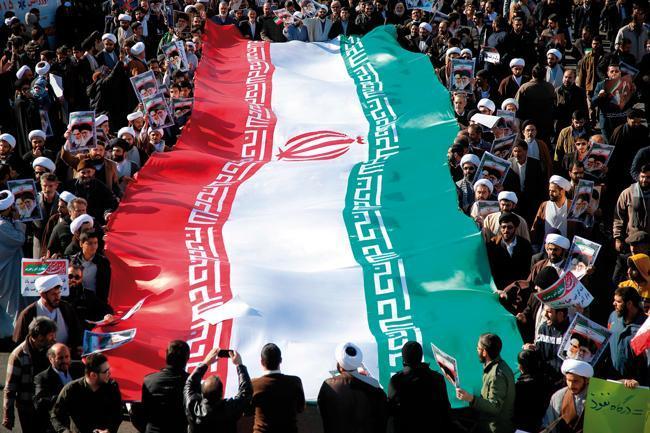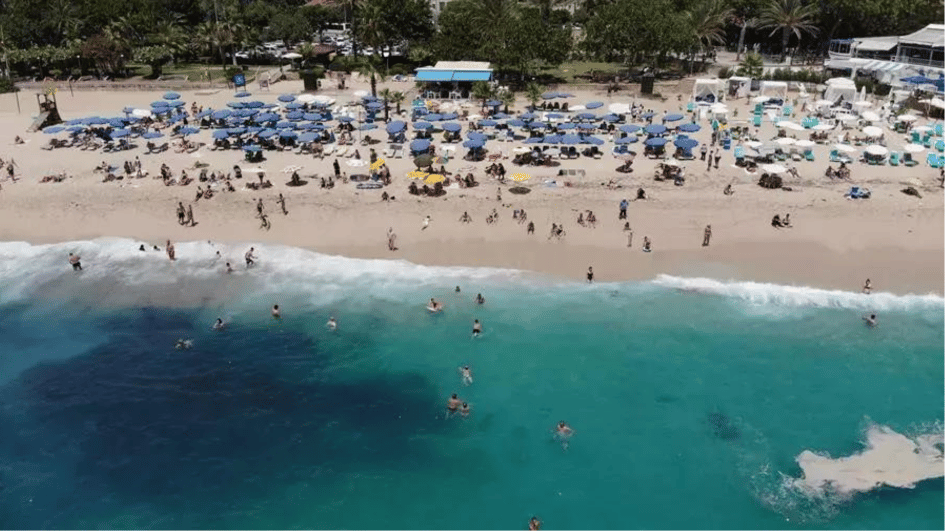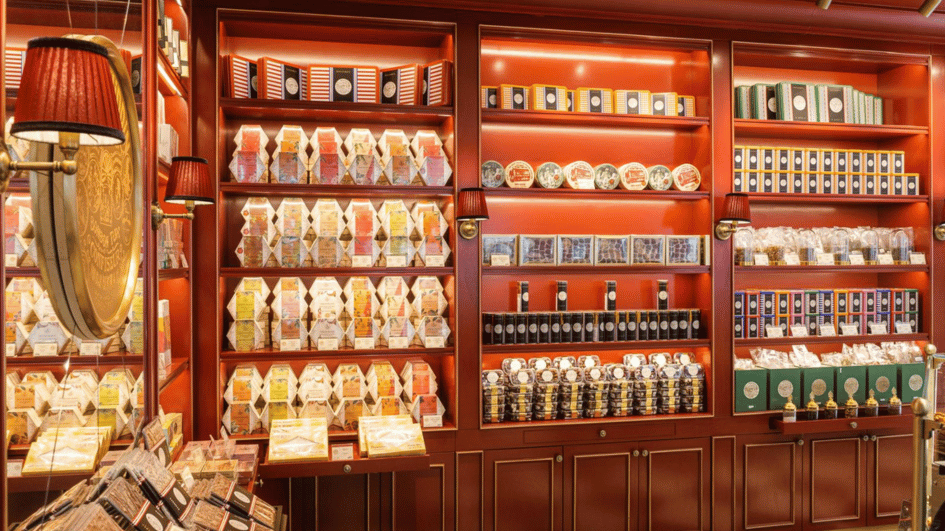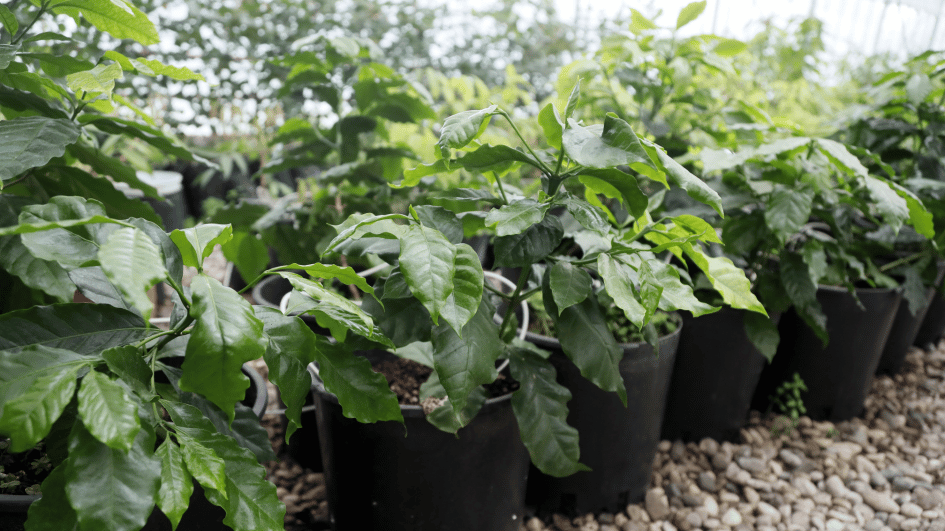Huge pro-regime rallies in Iran
TEHRAN – Agence France-Presse

Tens of thousands gathered across Iran Jan. 3 in a massive show of strength for the country’s Islamic rulers after days of deadly unrest, with state television showing vast crowds marching through several cities.
Chants of “Leader, we are ready” were heard as images showed thousands rallying in the cities of Qom, Ahvaz, Kermanshah and elsewhere.
The demonstrators waved Iranian flags and pictures of supreme leader Ayatollah Ali Khamenei, as well as placards saying “Death to seditionists.”
“We offer the blood in our veins to our leader,” was another popular chant.
There were few reports of anti-regime protests overnight, although it remained difficult to verify information from the provinces.
The political establishment has closed ranks against the unrest that has claimed 21 lives since it erupted last week.
They say the protests, which began over economic issues on Dec. 28, 2017 but quickly turned more radical, were part of a foreign plot to destabilize the regime.
“The enemy is always looking for an opportunity and any crevice to infiltrate and strike the Iranian nation,” Khamenei said.
Washington continued to exert pressure on the Islamic republic, with its U.N. ambassador Nikki Haley calling for emergency Security Council talks to discuss the situation.
“The people of Iran are crying out for freedom,” she said at a news conference. “All freedom-loving people must stand with their cause.”
Even reformists, who backed the last major protest movement against alleged election-rigging in 2009, condemned the violence and the support the demonstrations have received from the United States.
But they also urged the authorities to address economic grievances that have fuelled the protests.
“Officials must acknowledge the deplorable situation of the country as the first step to hearing the protesters,” tweeted Mohammad Taghi Karroubi, whose father Mehdi Karroubi has been under house arrest for almost seven years for helping lead the 2009 demonstrations.
Many have been turned off by the violence, which has contrasted with the largely peaceful marches in 2009.
But on the streets of the capital, there is widespread sympathy with the economic grievances driving the unrest, particularly an unemployment rate as high as 40 percent for young people.
“The poorer section of society is really under pressure,” Sakineh Eidi, a 37-year-old pharmacist in Tehran, told AFP. “But I don’t think it will continue.”
“Even those who maybe acted emotionally, vandalizing things and setting fire to public property, know that the smoke will get into everyone’s eyes and that insecurity in the country is not in anyone’s interest.”
Others rejected the official line that foreign powers were behind the unrest.
“I don’t agree. People have reached a stage where they can no longer tolerate this pressure from the authorities,” said Soraya Saadaat, a 54-year-old unemployed woman.
Mojtaba Mousavi, a Tehran-based political analyst, said Iranians do not generally support violence, no matter how unhappy they are with their government.
“There are certainly Iranians who aren’t happy with certain policies, frustrated people who would like to protest against their economic situation, but history shows none of these people support violence and subversion,” he said.
But “this week’s protests turned into riots.”
There were limited reports of violence on the night of Jan. 2 to Jan. 3.
Two men fired on a bank and police post in the central province of Isfahan, without causing casualties, said state television.
Police presence in the capital also appeared to have dwindled, official media and AFP journalists said.
















